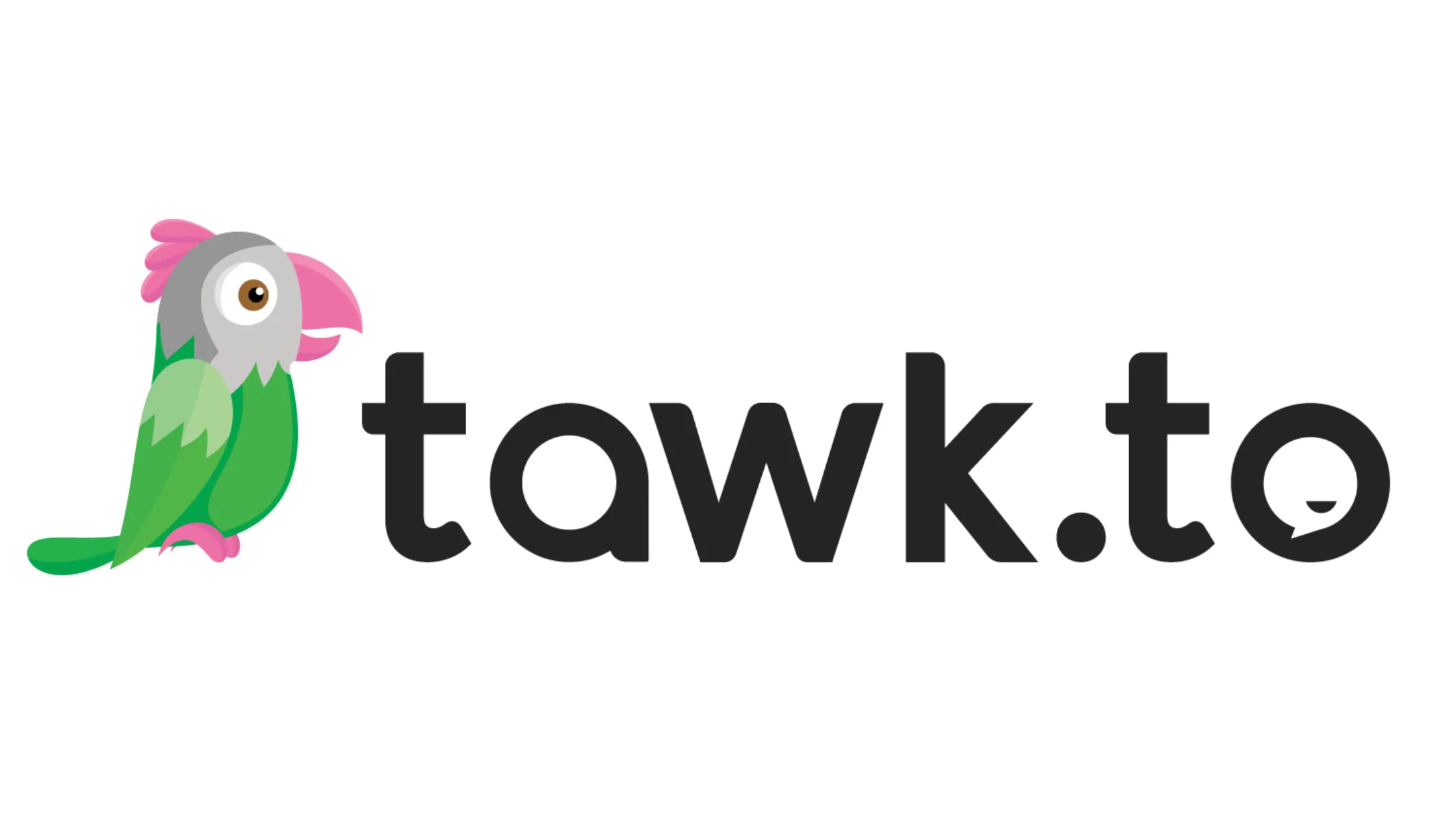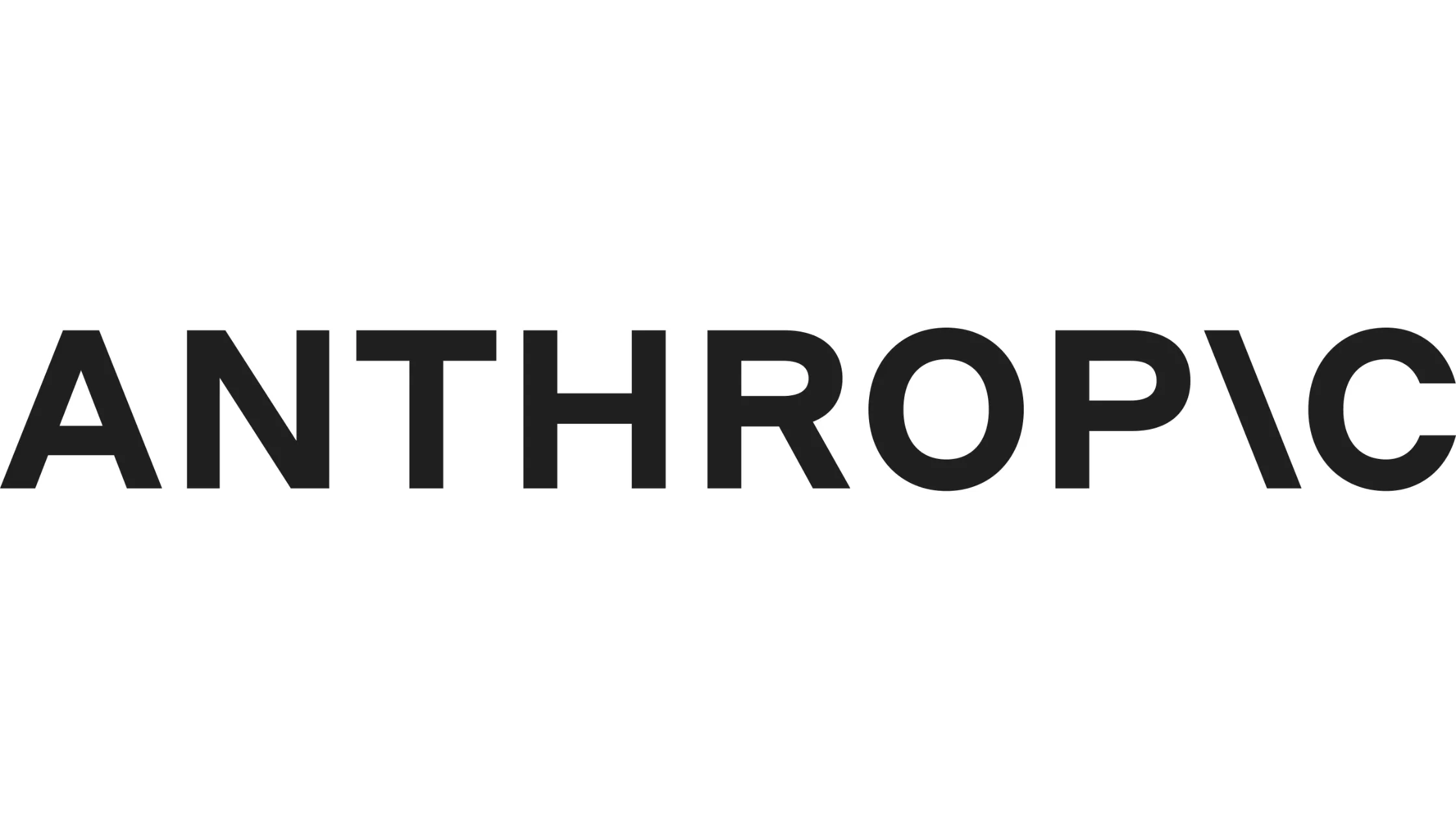
What is a Product Roadmap?
A well-structured product roadmap is essential for startups. Learn how to prioritize features, align your team, and adapt to changes for long-term success.
As a startup founder, you might've heard the term product roadmap thrown around, but what exactly does it mean, and why should you care? Building a company is like setting off on a long journey, and your product roadmap is the map that guides you along the way. Whether you’re launching an MVP or iterating on a fully developed product, a solid roadmap helps you stay on track, set priorities, and manage stakeholder expectations. I’ve been in the trenches as a startup founder and CTO at companies like Kidsy and Cuboh (YC S19), and if there’s one thing I’ve learned, it’s that without a roadmap, you’re flying blind.
This guide will walk you through what a product roadmap is, why it’s essential for your startup, and how to create one that keeps your team aligned and your vision on point. Let’s dive in.
What Is a Product Roadmap?
At its core, a product roadmap is a visual plan that outlines the direction, priorities, and progress of a product over time. It lays out what you’re building, why you’re building it, and when you’ll deliver key milestones. Think of it as a strategic blueprint that bridges the gap between your vision and the execution of that vision.
But remember, a roadmap isn’t a static document. It’s a living, breathing tool that evolves as you get feedback from customers, respond to market changes, and refine your product-market fit.
Key Components of a Product Roadmap
There are a few key elements every roadmap should include:
- Vision: What are you trying to achieve with your product? This is the high-level goal driving the entire effort.
- Goals: Break your vision into specific, measurable outcomes you want to reach.
- Features: These are the actual pieces of functionality you’ll be building to achieve your goals.
- Timeline: When will different features or improvements be released? This helps manage expectations with your team and stakeholders.
Why Your Startup Needs a Product Roadmap
When you're a startup founder, resources—whether they’re time, money, or people—are limited. A product roadmap helps you focus on what matters most and ensures that your team is working on the right things at the right time. Here’s why you can’t afford to skip this step:
Align Your Team
If everyone on your team isn’t on the same page, it’s easy for priorities to get muddled, leading to wasted effort and frustration. A product roadmap provides clarity, ensuring everyone—from developers to marketers—understands the goals and their role in achieving them.
Manage Stakeholder Expectations
Investors, advisors, and customers all want to know where your product is headed. A well-structured roadmap helps you communicate your vision, build trust, and avoid unnecessary surprises when timelines shift or priorities change.
Prioritize Features
As a startup, you can’t build everything at once. A product roadmap forces you to focus on the features that will have the most significant impact, helping you allocate resources where they’ll generate the most value.
How to Build Your Product Roadmap
Creating a roadmap doesn’t have to be complicated, but it does require some thoughtful planning. Here’s a step-by-step guide to get you started.
Step 1: Define Your Vision and Goals
Before diving into features and timelines, take a step back and define the overall vision for your product. What problem are you solving for your customers? What do you want your product to accomplish in the next six months, a year, or longer? These high-level objectives will serve as your North Star.
Once you have your vision, break it down into specific, measurable goals. For example, if your vision is to create the easiest-to-use marketplace for baby products, one of your goals might be to reduce checkout friction by 30% in the next quarter.
Step 2: Prioritize Features Based on Customer Needs
Not all features are created equal, and as a founder, it’s tempting to want to build everything. But here’s the thing: You need to prioritize. The best way to do that? Talk to your users. What are their biggest pain points? Which features would have the most immediate impact on their experience? At Kidsy, we initially had a long list of ideas, but by talking to our early customers, we quickly realized we needed to focus on simplifying the onboarding process first. That was a game-changer.
Step 3: Set Realistic Timelines
Once you’ve identified your must-have features, it’s time to set a timeline. This doesn’t have to be set in stone, but you’ll want to have a rough estimate of when you’ll deliver key milestones. Keep in mind that unexpected delays are common, especially in a startup environment, so build in some flexibility.
Step 4: Communicate and Iterate
Building a roadmap isn’t a one-and-done task. Share it with your team, gather feedback, and be open to making changes as new information becomes available. Remember, your roadmap should evolve as your product grows, your market shifts, and your customers' needs change.
Tools to Help You Create a Product Roadmap
There are several tools out there that can help you build and manage your product roadmap. Some of the most popular ones include:
- Trello: A simple, kanban-style tool that's great for early-stage startups looking to visualize their roadmap.
- Jira: A more robust tool that integrates with development workflows, making it ideal for teams with complex projects.
- Productboard: A product management platform that helps you prioritize features based on customer feedback.
Choose the tool that best fits your team’s needs and scale. At Horizon Labs, we’ve used Trello for smaller projects and Jira for more complex engineering initiatives, like our work with Flair Labs.
Common Pitfalls to Avoid
Even the best founders can fall into traps when creating their product roadmap. Here are a few to watch out for:
- Over-promising: Avoid setting unrealistic timelines or packing too many features into a release. It’s better to under-promise and over-deliver.
- Neglecting customer feedback: Your customers are your most valuable resource. Don’t make the mistake of building in isolation without getting their input.
- Ignoring technical debt: As you rush to build features, it’s tempting to ignore the messiness building up in your codebase. But technical debt can come back to bite you if you don’t keep it in check.
The Role of Customer Feedback in Shaping Your Product Roadmap
One of the biggest mistakes founders make when developing a product roadmap is neglecting customer feedback. Sure, you might have a clear vision of what you want your product to be, but at the end of the day, it's your customers who will determine its success. The key to a successful product roadmap is striking a balance between your vision and the real-world needs of your customers.
Why Customer Feedback Is Critical
In the early days of building Kidsy, we had grand ideas about the features we thought would revolutionize the marketplace space. However, after talking to our early adopters, we realized some of those ideas didn’t align with what they actually needed. By gathering continuous feedback, we were able to focus on building features that solved their pain points, which helped us move towards product-market fit more quickly.
Here’s why feedback should be at the core of your roadmap:
- Validates Your Hypotheses: Every product idea is based on certain assumptions about what your users want. Customer feedback helps you validate (or invalidate) those assumptions before you invest time and money into development.
- Helps Prioritize Features: Not every feature request is urgent. Feedback from users allows you to prioritize the features that will have the most significant impact on user experience, engagement, or revenue.
- Reduces Risk: By involving your customers in the product development process, you’re de-risking your roadmap. You're less likely to waste resources building something no one wants.
How to Incorporate Feedback into Your Roadmap
Gathering feedback is one thing; knowing how to incorporate it into your product roadmap is another. Here are some tips:
- Create Feedback Loops: Establish regular touchpoints with your users to gather feedback. Whether it’s through customer interviews, surveys, or analytics, having a structured process in place helps you get consistent insights.
- Track Feature Requests: Use tools like Productboard or Jira to document customer requests and identify patterns. This helps you prioritize the features that will have the most impact.
- Balance Feedback with Your Vision: Don’t let every piece of feedback dictate your roadmap. It’s essential to balance customer requests with your long-term vision for the product. If you build solely based on what customers want today, you might miss opportunities to innovate.
Flexibility: The Secret Sauce of a Great Product Roadmap
A product roadmap is not set in stone. One of the biggest lessons I’ve learned over the years is that flexibility is key to long-term success. Market conditions change, customer needs evolve, and as a startup founder, you need to be able to pivot quickly.
When to Pivot Your Roadmap
There are times when sticking to your original roadmap just doesn’t make sense. Maybe a new competitor enters the market, or a global event like COVID-19 shifts customer behavior overnight. In these situations, the best founders are the ones who can adapt quickly. At Horizon Labs, we had to adjust our roadmap multiple times for different clients when unexpected shifts in the market arose. Knowing when to pivot and when to stay the course can be the difference between thriving and failing.
Building Flexibility Into Your Roadmap
So, how do you build flexibility into your product roadmap? Here are some tips:
- Use Shorter Timeframes: Instead of planning your roadmap over a year or more, consider working in shorter cycles, like quarterly or monthly sprints. This allows you to adjust your priorities based on new information.
- Leave Room for the Unknown: Don’t overfill your roadmap with too many features. Leave room for unexpected requests or urgent issues that might come up along the way.
- Regularly Reassess: Hold roadmap review meetings with your team every few weeks or months. This is your chance to assess what’s working, what’s not, and whether any adjustments need to be made.
Involving Your Team in the Roadmapping Process
Building a product is a team effort, and your roadmap should reflect that. While you as the founder might have the final say on priorities, involving your team—especially your engineers and product managers—ensures that the roadmap is both realistic and achievable.
Why Team Input Matters
Your development team is on the front lines of building the product, so their input is invaluable when planning the roadmap. They’ll have insights into the technical complexities of certain features, how long tasks will take, and where potential bottlenecks might arise. By involving them early in the roadmapping process, you can avoid surprises down the line and create a plan that’s grounded in reality.
At Horizon Labs, we make it a point to gather input from all stakeholders—whether it’s product managers, designers, or engineers—before finalizing the roadmap. This collaborative approach ensures we can meet deadlines without burning out the team, and we can address any technical challenges early on.
Fostering Collaboration in Roadmap Creation
To ensure your team is aligned with the roadmap, follow these practices:
- Hold Roadmap Workshops: Set aside time for cross-functional workshops where your team can discuss priorities, potential blockers, and resource allocation.
- Keep Communication Open: Once the roadmap is in place, maintain open communication channels for updates and adjustments.
- Celebrate Wins: As you hit key milestones, take time to acknowledge the hard work of your team. This keeps morale high and reinforces the importance of sticking to the roadmap.
Why Horizon-Labs.co Is the Right Partner for Building Your Product Roadmap
At Horizon Labs, we understand that building a product roadmap is no easy task. We’ve worked with numerous startups across industries like healthtech, AI, and e-commerce to create roadmaps that are not only strategic but also flexible enough to adapt to changing market conditions. Our team of experienced engineers, product managers, and startup founders know what it takes to turn your vision into reality—without the engineering headaches.
If you’re a founder who’s looking to build or refine your product roadmap, contact us at info@horizon-labs.co or schedule a call at horizon-labs.co/contact. Let’s map out a path to success together.
Frequently Asked Questions (FAQs) about Product Roadmaps:
Q: What’s the difference between a product roadmap and a product backlog?
A: A product roadmap outlines the strategic vision and high-level priorities of a product over time. It focuses on long-term goals and the steps to achieve them. A product backlog, on the other hand, is a detailed list of tasks or features that need to be completed, often used in agile development. The roadmap sets the direction, while the backlog breaks it down into actionable items for the development team.
Q: How often should a product roadmap be updated?
A: It depends on your company’s stage and the pace of development, but typically, a product roadmap should be reviewed and updated at least once a quarter. Startups, especially in early phases, might need more frequent updates—every 4 to 6 weeks—as they gather new customer feedback and adapt to market changes.
Q: Should a product roadmap include dates?
A: Including dates in a product roadmap can be helpful for setting expectations, but be careful not to commit to overly rigid deadlines. It’s often better to use timeframes like “Q1” or “Next 6 months” rather than specific dates, as development timelines are prone to change based on technical complexity or shifts in business priorities.
Q: How do I balance short-term fixes with long-term product goals on my roadmap?
A: Balancing short-term fixes (often referred to as quick wins) with long-term goals is key to maintaining momentum while building towards larger objectives. A good approach is to reserve a portion of your team’s capacity for urgent fixes or improvements, while dedicating the rest to features that drive your product toward your strategic vision. This way, you address immediate needs without losing sight of your bigger goals.
Q: Can I share my product roadmap with customers?
A: Yes, sharing a high-level version of your product roadmap with customers can help manage their expectations and build trust. However, avoid sharing too many specifics, such as exact dates or minor feature details, as these can change. Focus on communicating your overall vision and key milestones instead.
Q: How do I handle changes to the roadmap when unexpected challenges arise?
A: Changes are inevitable, especially in the startup world. The key is to maintain flexibility in your roadmap. Build in buffers for delays and communicate changes transparently with your team and stakeholders. If you need to pivot, be sure to reassess the impact on long-term goals and adjust priorities accordingly. Frequent check-ins and agile methodologies can help your team stay nimble.
Q: What tools can I use to keep my product roadmap visible to stakeholders?
A: Tools like Trello, Jira, and Productboard make it easy to create, update, and share roadmaps with both internal teams and external stakeholders. They provide visual overviews that allow you to track progress, communicate changes, and ensure alignment across different departments. Choose a tool that integrates well with your team's workflow for maximum visibility and collaboration.
Q: How detailed should my product roadmap be?
A: Your product roadmap should provide enough detail to communicate the vision, priorities, and timelines to your team and stakeholders, but it doesn’t need to outline every task. Focus on the high-level goals and key features that will move your product forward. Too much detail can make the roadmap cumbersome and hard to update, while too little detail might leave your team without clear direction. The key is to find a balance where the roadmap is actionable but flexible.
Q: What’s the best way to prioritize features on my product roadmap?
A: A combination of customer feedback, business objectives, and technical feasibility should guide your feature prioritization. Use methods like the MoSCoW framework (Must have, Should have, Could have, Won’t have) to categorize features by importance. Additionally, you can score features based on factors like user demand, revenue potential, and development complexity. Aligning features with your overall product strategy ensures that you're building the most impactful solutions.
Q: Should my product roadmap include competitor analysis?
A: While competitor analysis is not a typical part of a product roadmap, it can be useful to incorporate insights from competitors when setting priorities. Understanding what competitors are doing can help you identify opportunities to differentiate your product or avoid duplicating their mistakes. However, your roadmap should focus on delivering value to your customers rather than merely responding to competitors.
Q: How do I manage a roadmap with multiple products or features?
A: If your startup is managing multiple products or features, you can create separate roadmaps for each product or feature set, then combine them into a master roadmap. This way, you keep each roadmap focused while ensuring alignment across your overall strategy. Tools like Productboard or Aha! can help you manage multiple roadmaps, showing dependencies and how different products contribute to broader company goals.
Q: What’s the role of a product manager in maintaining a roadmap?
A: A product manager plays a key role in maintaining and updating the product roadmap. They gather insights from customers, the development team, and stakeholders to ensure the roadmap stays aligned with both the company’s strategic goals and user needs. The product manager is also responsible for communicating changes to the roadmap and keeping everyone updated on progress.
Q: How can I ensure my team stays motivated when the roadmap changes frequently?
A: Frequent changes can be challenging for any team, but clear communication and involving the team in decision-making can help. Explain why changes are being made, how they impact the overall product vision, and celebrate small wins along the way to keep morale high. Allowing your team to provide input on prioritization and strategy will also help them feel more connected to the roadmap, making them more adaptable when shifts occur.
Q: How far ahead should my product roadmap plan go?
A: The length of your roadmap will depend on the stage of your startup and your product’s lifecycle. Early-stage startups might only plan a few months ahead due to rapid changes in direction, while more established companies might plan 12-18 months ahead. For startups, it’s often beneficial to focus on short-term milestones (3-6 months) with flexibility to adapt as the market and customer feedback evolve.
Q: What’s the difference between a strategic roadmap and a release roadmap?
A: A strategic roadmap outlines your long-term vision and the high-level goals your product is working toward. It’s broader and focused on aligning your team and stakeholders around big-picture priorities. A release roadmap, on the other hand, is more detailed and includes specific features and timelines for upcoming product releases. The strategic roadmap guides overall direction, while the release roadmap handles the execution.
Need Developers?
We help companies build ideas into apps their customers will love (without the engineering headaches).
















For Startups & Founders
We've been founders ourselves and know how valuable the right communities, tools, and network can be, especially when bootstrapped. Here are a few that we recommend.

Mistakes to Avoid When Building Your First Product
Learn the key mistakes founders make when building their first product—and how to avoid them for a faster, smoother launch.
Read more
The Rise of AI in Product Development: What Startups Need to Know
Learn how AI is transforming product development for startups. From MVPs to scaling, here’s what founders need to know in today’s AI-driven world.
Read more
No-Code vs. Custom Development: Which is Right for Your Startup?
Weighing no-code vs. custom development? Learn which is right for your startup depending on stage, budget, and product complexity.
Read more
What is Mixpanel?
Learn how Mixpanel helps startups track user behavior to improve products and accelerate growth with clear data-driven insights.
Read more
How Tawk.to Can Boost Your Startup’s Customer Support Game
Learn how Tawk.to can benefit startups by enhancing customer support and engagement. Perfect for early-stage founders!
Read more
Grow Your Startup With Anthropic's AI-Powered Tools
Discover how Anthropic's cutting-edge AI tools can accelerate your startup's success. Learn about their benefits and see why they can be trusted by startups.
Read more
What is Data-Driven VC?
Learn what a data-driven VC means and how such investors can benefit your startup’s growth and fundraising journey.
Read more
What is Blockchain?
A beginner-friendly guide on blockchain for startup founders, covering key concepts, benefits, challenges, and how to leverage it effectively.
Read more
What is Cybersecurity?
Learn cybersecurity basics tailored for startup founders. Understand key risks, best practices, and how to protect your startup from tech threats.
Read more
What is Seedcamp?
Learn what Seedcamp is, how its European seed fund and accelerator program work, and how founders can use its capital, mentorship, and network to scale their st
Read more
What is AngelList?
AngelList is a prime platform connecting startup founders to investors, talent, and resources to accelerate early-stage growth.
Read more
What is 500 Startups?
Learn what 500 Startups (now 500 Global) is, how its accelerator and seed fund work, and when founders should consider it—plus tips for early-stage startups.
Read more.png)